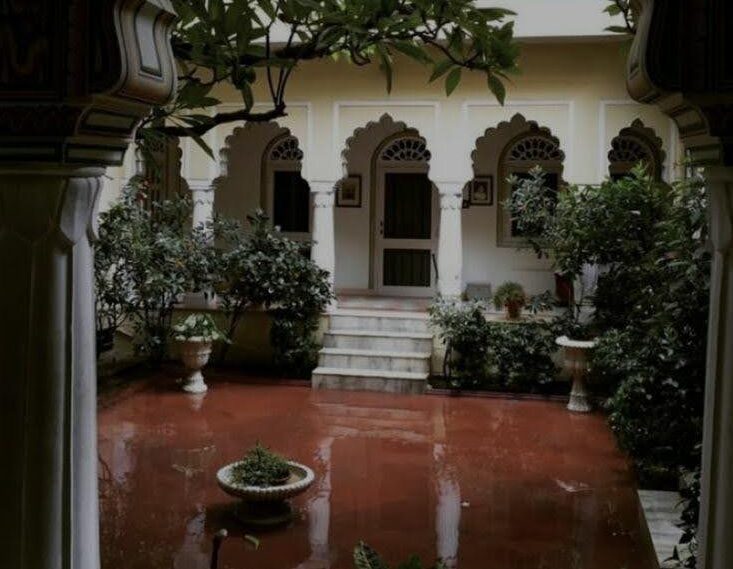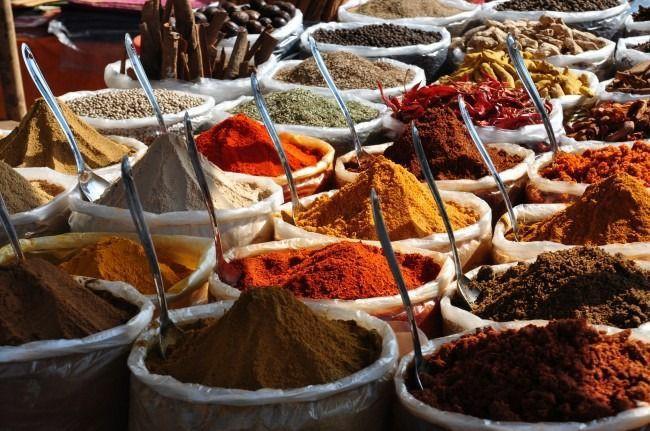#7 Forgotten Gardens of Old Delhi (Old Delhi Series)
Nestled amidst the chaotic lanes of Old Delhi are some hidden green gems – obscure gardens lost in time. Built by Mughal nobility centuries ago, these tranquil gardens provided relief from the bustle of walled Shahjahanabad. Old Delhi is known for its crowded bazaars and historic monuments. But tucked away behind high walls are gardens from centuries past. These leafy havens were built by Mughal royalty seeking an escape from city life. Though hidden, these secret green spaces still remain. Let’s explore their magic. Within their gates, we can discover Delhi’s horticultural history. Though overshadowed by their more famous counterparts, Old Delhi’s secluded gardens are portals into the city’s past. The Color Palace Garden Located within the grounds of Red Fort is the Rang Mahal Garden, meaning “palace of colors.”. Do you know it was built around 1650 by Mughal Emperor Shah Jahan? You will be delighted to know that Rang Mahal was the residence of the Emperor’s wives and mistresses. It has a signature Mughal garden design: geometric flower beds, water channels, and marble fountains. Not only that, the pavilion has intricate decorations like mirrorwork, gilding, and colorful enamel tile mosaics, justifying its name. Don’t miss exploring this hidden gem. A Soothing Green Escape Near the walled city is Qudsia Bagh, a rare 18th-century garden built by Qudsia Begum. Do you know she was the mother of Mughal Emperor Ahmad Shah? You will be surprised to know that within its high walls, Qudsia Bagh was an exclusive royal retreat for the queen. Away from the city bustle, the 25-acre garden provided a peaceful haven. Stroll through its shady pathways and find the imposing gateway, a mosque, and a small summer palace nestled amidst fruit orchards and emerald lawns. The Forgotten Charbagh Located north of the walled city near Roshanara Road is Roshanara Bagh. Do you know it was built by Mughal princess Roshanara in the 17th century? You will be amazed that, unlike typical Mughal charbaghs, Roshanara Bagh has just one central water channel instead of the quadrants. Lime trees and parakeets dot their pathways. Not only that, but the ruins of Roshanara and other Mughals’ graves also lie within its premises. Once a splendid garden retreat, only traces of Roshanara Bagh’s former glory remain. Discover these vestiges of Old Delhi’s verdant past and enjoy the unexpected peace found within. Away from the crowds, these gardens are the perfect place to slow down and reflect. Old Delhi’s hidden gardens are green time capsules. They take you back to the days of Mughal rule, when emperors and queens strolled through flower beds and fountains. These secret gardens remind us that beauty and nature can flourish even in the busiest cities. All you have to do is look for it.




